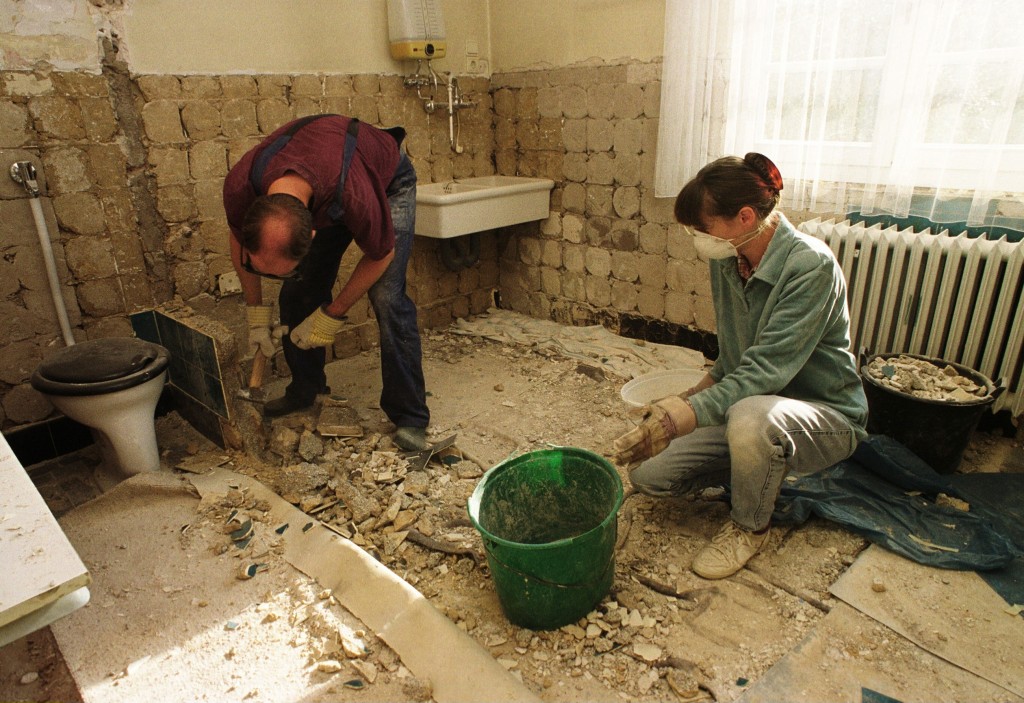Damage caused by Mississauga house explosion will be costly
One home suddenly exploded. Now there's damage to dozens of others. So who picks up the tab? Home insurance to the rescue
Advertisement
One home suddenly exploded. Now there's damage to dozens of others. So who picks up the tab? Home insurance to the rescue

Share this article Share on Facebook Share on Twitter Share on Linkedin Share on Reddit Share on Email